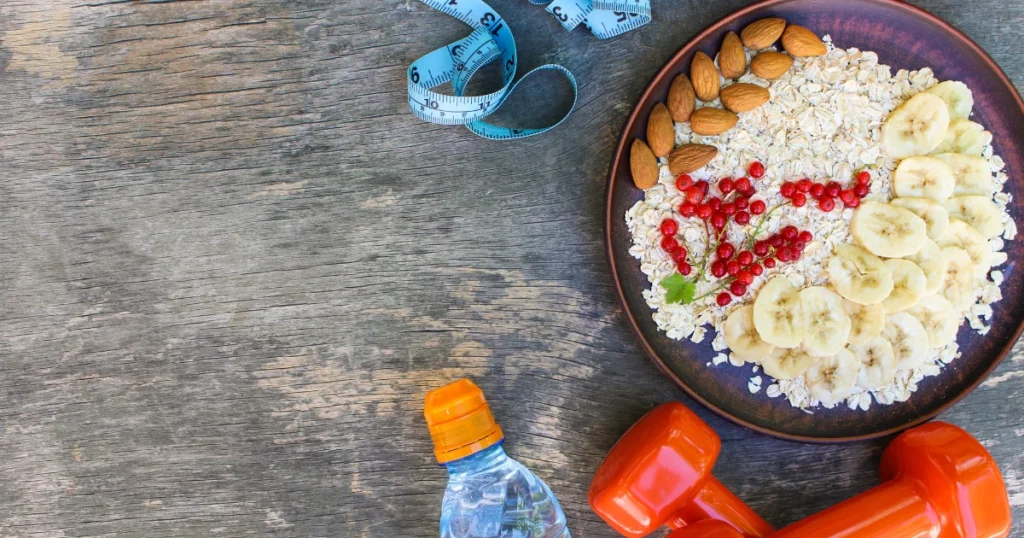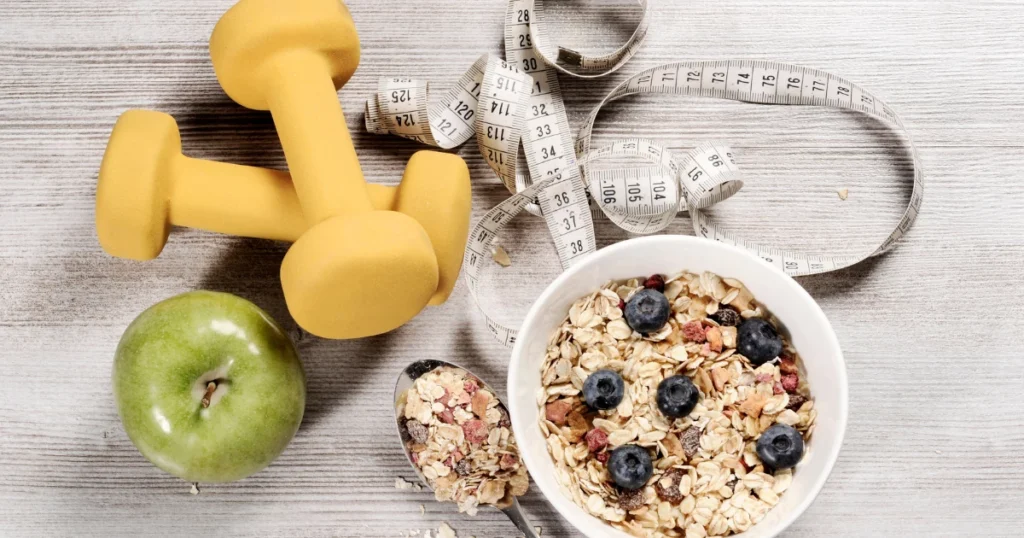Cats are known for their agility and elegance, but when excess weight becomes an issue, it can hinder their natural grace and compromise their health. Helping your cat achieve and maintain an optimal weight is not just about reducing food intake; it’s about understanding their nutritional needs and choosing the right foods that support healthy weight loss.
This article explores the best weight loss food for cats, strategies for managing feline obesity, and tips for ensuring your furry friend’s journey to a healthier weight is safe and effective.
Understanding the Importance of Weight Management in Cats

Obesity in cats is a growing concern among pet owners and veterinarians alike. Carrying excess weight can lead to severe health issues, including:
- Diabetes Mellitus: Obesity increases insulin resistance, a major risk factor for diabetes.
- Arthritis: Extra pounds put undue stress on joints, exacerbating conditions like arthritis.
- Heart Disease: Overweight cats are at a higher risk of cardiovascular problems.
- Reduced Lifespan: Studies indicate that obese cats have shorter lifespans compared to their healthy-weight counterparts.
Addressing these issues begins with selecting the right weight loss food for cats, tailored to meet their unique dietary requirements.
Key Nutritional Considerations for Cat Weight Loss
1. High Protein Content
Cats are obligate carnivores, requiring protein as their primary energy source. Look for foods with real meat, such as chicken, turkey, or fish, as the first ingredient. High-protein diets help:
- Preserve lean muscle mass.
- Promote satiety, reducing hunger pangs.
- Support overall metabolic health.
2. Low Carbohydrate Levels
Many commercial cat foods are laden with carbohydrates, which contribute to weight gain. Opt for low-carb options to minimize calorie intake while still providing essential nutrients.
3. Adequate Fiber
Fiber plays a crucial role in feline weight loss by:
- Enhancing satiety.
- Improving digestive health.
- Helping regulate blood sugar levels.
Ingredients like pumpkin, psyllium husk, and beet pulp are excellent sources of fiber in weight loss food for cats.
4. Controlled Fat Content
While fats are a vital energy source, excessive amounts can lead to weight gain. A balanced weight-loss formula should contain moderate levels of healthy fats, such as omega-3 and omega-6 fatty acids, to support skin and coat health.
5. Caloric Density
Foods specifically designed for weight loss often have a lower caloric density. This allows your cat to consume satisfying portions without exceeding their daily calorie needs.
Top Weight Loss Foods for Cats

1. Hill’s Prescription Diet Metabolic
This veterinarian-recommended food is scientifically formulated to promote weight loss. It includes:
- Controlled calorie content.
- High-quality protein to support lean muscle.
- Unique fiber blends for satiety.
2. Purina Pro Plan Veterinary Diets OM (Overweight Management)
Ideal for cats struggling with obesity, this food offers:
- High protein levels.
- Low fat and carbohydrate content.
- Fortified vitamins and minerals for overall health.
3. Royal Canin Feline Weight Care
Known for its balanced formulation, this diet includes:
- Controlled calorie content.
- L-carnitine to aid fat metabolism.
- Essential nutrients for maintaining health during weight loss.
4. Blue Buffalo Wilderness Healthy Weight
This grain-free option is perfect for pet owners seeking natural solutions. It features:
- Real chicken as the primary ingredient.
- Lower calorie content to manage weight.
- A blend of vitamins, minerals, and antioxidants.
How to Transition Your Cat to Weight Loss Food
1. Gradual Transition
Switching your cat’s diet abruptly can lead to digestive upset. Gradually mix the new food with the old over 7-10 days, increasing the proportion of the new diet each day.
2. Portion Control
Adhering to recommended serving sizes is critical. Overfeeding, even with diet food, can hinder weight loss progress.
3. Monitor Progress
Regularly weigh your cat to ensure they are losing weight at a safe rate—typically 1-2% of their body weight per week.
Strategies for Supporting Feline Weight Loss

1. Scheduled Feeding Times
Free-feeding can lead to overeating. Establish specific meal times to regulate calorie intake and monitor consumption.
2. Encourage Physical Activity
Interactive toys, laser pointers, and climbing structures can increase your cat’s activity level, helping burn calories.
3. Avoid High-Calorie Treats
Substitute high-calorie treats with low-calorie alternatives, such as freeze-dried meat or small portions of their weight-loss kibble.
4. Regular Veterinary Checkups
Consult your veterinarian to assess your cat’s progress and make adjustments to their diet or exercise routine if needed.
Common Mistakes to Avoid in Cat Weight Management
1. Crash Dieting
Drastic calorie reductions can lead to hepatic lipidosis, a potentially fatal liver condition. Always prioritize a gradual approach to weight loss.
2. Feeding Inappropriate Foods
Human foods, especially those high in fat and salt, can derail your cat’s weight loss efforts. Stick to specially formulated weight loss food for cats.
3. Ignoring Hydration
Proper hydration is crucial for weight loss. Provide fresh water at all times and consider incorporating wet food to increase fluid intake.
Benefits of Achieving a Healthy Weight for Your Cat
Once your cat reaches their ideal weight, you’ll notice improvements in their:
- Energy Levels: Increased activity and playfulness.
- Mobility: Reduced joint stress enhances movement.
- Overall Health: Lower risk of chronic diseases, such as diabetes and arthritis.
- Lifespan: A healthy weight contributes to a longer, happier life.
Helping your cat achieve a healthy weight is a commitment that requires patience, consistency, and informed choices. By selecting the best weight loss food for cats and incorporating a balanced approach to diet and exercise, you can significantly enhance your feline companion’s quality of life. Always work closely with your veterinarian to create a tailored weight-loss plan that ensures safety and effectiveness. Together, we can ensure your beloved cat enjoys a healthier, more active, and fulfilling life.